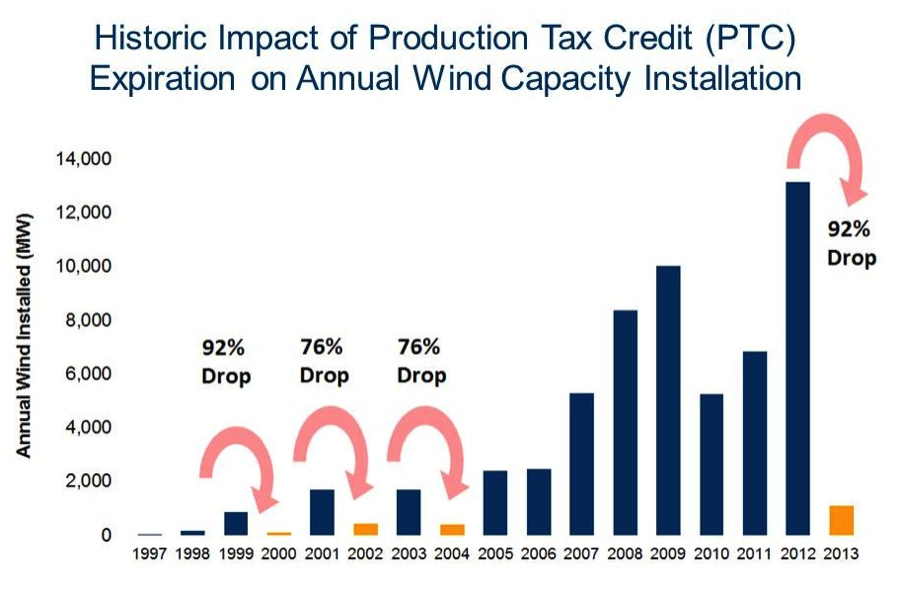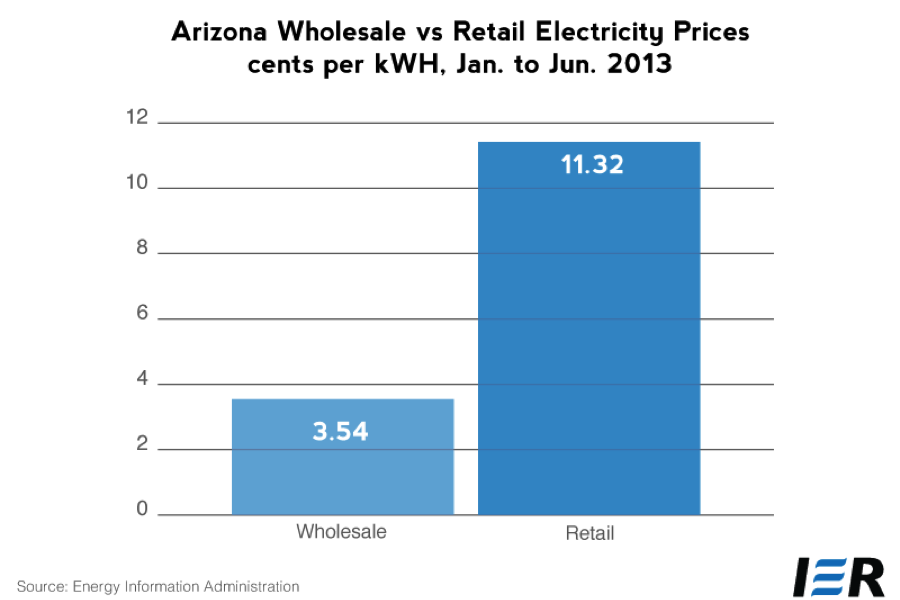This week has been a bad week for President Obama’s policies in the courts. The Supreme Court handed a defeat to President Obama over his immigration plan and a district court struck down his administration’s unlawful attempt for the Bureau of Land Management to regulate hydraulic fracturing.
The court’s hydraulic fracturing opinion was straightforward and simple. The court explained to the Obama administration that they cannot do anything they want, but only what they have been delegated to do by the legislative branch. Here is the conclusion to the court’s order:
As this Court has previously noted, our system of government operates based upon the principle of limited and enumerated powers assigned to the three branches of government. In its simplest form, the legislative branch enacts laws, the executive branch enforces those laws, and the judicial branch ensures that the laws passed and enforced are Constitutional. See Marbury v. Madison, 5 U.S. 137, 176 (1803). A federal agency is a creature of statute and derives its existence, authority and powers from Congress alone. It has no constitutional or common law existence or authority outside that expressly conveyed to it by Congress. See Bowen v. Georgetown Univ. Hosp., 488 U.S. 204, 208 (1988); see also Michigan v. EPA, 268 F.3d 1075, 1081-82 (D.C. Cir. 2001). In the absence of a statute conferring authority, then, an administrative agency has none. See American Petroleum Inst. v. EPA, 52 F.3d 1113, 1119-20 (D.C. Cir. 1995). This Court “must be guided to a degree by common sense as to the manner in which Congress would likely delegate a policy decision of such economic and political magnitude to an administrative agency.” Brown & Williamson, 529 U.S. at 133. Given Congress’ enactment of the EP Act of 2005, to nonetheless conclude that Congress implicitly delegated BLM authority to regulate hydraulic fracturing lacks common sense. Congress’ inability or unwillingness to pass a law desired by the executive branch does not default authority to the executive branch to act independently, regardless of whether hydraulic fracturing is good or bad for the environment or the Citizens of the United States. “[The Supreme] Court consistently has given voice to, and has reaffirmed, the central judgment of the Framers of the Constitution that, within our political scheme, the separation of governmental powers into three coordinate Branches is essential to the preservation of liberty.” Mistretta v. United States, 488 U.S. 361, 380 (1989).
Congress has not delegated to the Department of Interior the authority to regulate hydraulic fracturing. The BLM’s effort to do so through the Fracking Rule is in excess of its statutory authority and contrary to law. As this finding is dispositive as to each of the Petitions for Review, the Court need not address the other points raised in support of setting aside the Fracking Rule. THEREFORE, the Court holds the Fracking Rule is unlawful, and it is
ORDERED that the BLM’s final rule related to hydraulic fracturing on federal and Indian lands, 80 Fed. Reg. 16,128 (Mar. 26, 2015), is hereby SET ASIDE.







